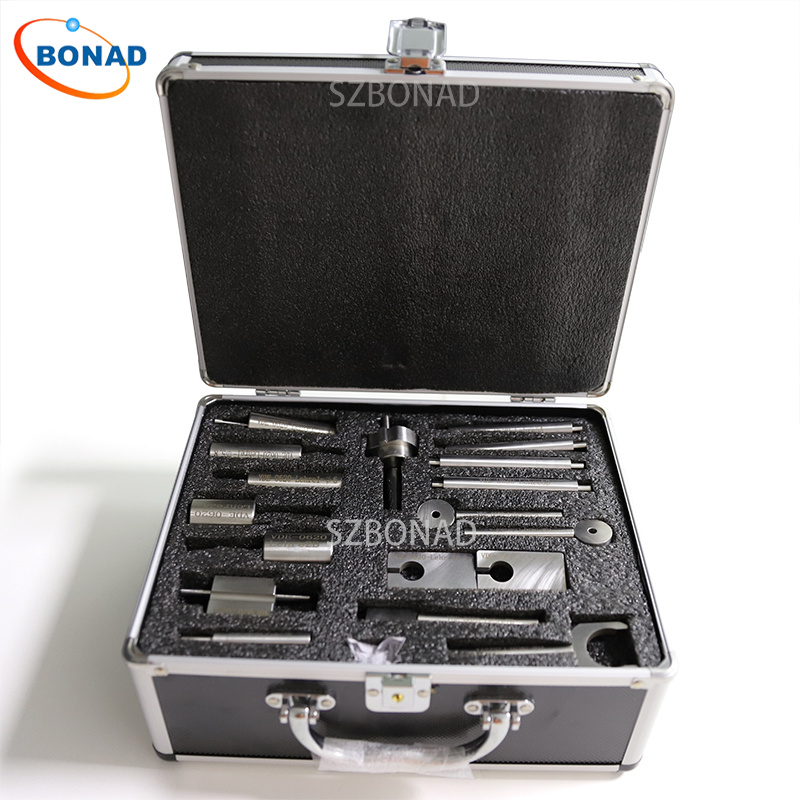Household appliances, ranging from mixers to vacuum cleaners, are indispensable in today’s homes. However, with their widespread use comes the critical responsibility of ensuring their safety. The IEC 60335-1 standard serves as the international guideline for appliance safety, detailing comprehensive tests to avert risks such as electric shocks, fires, and mechanical injuries.
This article delves into the essential safety evaluations prescribed by IEC 60335-1, discusses their significance, and offers guidance for manufacturers to achieve compliance confidently.
Overview of IEC 60335-1
IEC 60335-1 is a global safety standard for household and similar electrical devices. It establishes fundamental requirements across several areas:
- Electrical Safety: Focuses on insulation and grounding.
- Mechanical Safety: Addresses stability and moving parts.
- Thermal Safety: Concerns overheating and fire hazards.
- Radiation and Chemical Safety: Involves UV exposure and toxic materials.
The standard is applicable to appliances rated up to 250V for single-phase systems and up to 480V for multi-phase systems.
Critical Safety Evaluations in IEC 60335-1
- Electric Shock Prevention (Clause 8)
Objective: Safeguard users against electric shocks.
Tests Include:
- Insulation Resistance Assessment: Evaluates resistance between live components and accessible surfaces. Values must surpass set limits (e.g., 2 MΩ for basic insulation).
- Dielectric Strength Examination: Applies high voltage (e.g., 1,500V AC) between live parts and accessible surfaces for one minute without breakdown or flashover.
- Leakage Current Measurement: Assesses current flow under normal and fault conditions with limits varying by appliance type (e.g., 0.75 mA for handheld devices).
Common Failures:
- Deficient insulation design.
- Insufficient creepage and clearance distances.
Best Practices:
- Employ double or reinforced insulation for high-risk elements.
- Regularly inspect insulation materials for wear or damage.
- Mechanical Hazard Prevention (Clause 20)
Objective: Avert injuries from moving parts, sharp edges, or unstable appliances.
Tests Include:
- Stability Assessment: Tilts the appliance at a 10° angle to check if it tips over.
- Moving Parts Evaluation: Ensures accessible moving parts are guarded or require deliberate action to operate.
- Impact Test: Drops a steel ball onto the appliance to assess durability.
Common Failures:
- Unstable designs (e.g., top-heavy appliances).
- Exposed blades or pinch points.
Best Practices:
- Incorporate non-slip feet for stability.
- Use interlock switches to disable moving parts when covers are removed.
- Thermal Safety Assurance (Clause 11)
Objective: Prevent overheating, burns, or fire risks.
Tests Include:
- Temperature Rise Assessment: Operates the appliance at maximum load to measure temperatures on accessible surfaces, internal components, and insulation with limits varying by material (e.g., 60°C for plastic handles).
- Overload Simulation: Tests abnormal conditions (e.g., blocked air vents) to ensure the appliance doesn’t overheat or catch fire.
- Flammability Evaluation: Exposes non-metallic parts to flame to assess fire resistance.
Common Failures:
- Overheating motors or heating elements.
- Use of non-flame-retardant plastics.
Best Practices:
- Integrate thermal cutoffs or fuses to shut down overheating components.
- Use UL-rated plastics for fire resistance.
- Moisture Resistance Verification (Clause 15)
Objective: Ensure appliances can endure exposure to water or humidity.
Tests Include:
- Drip Test (IPX1): Simulates light rain by dripping water onto the appliance.
- Splash Test (IPX4): Sprays water from all directions for five minutes.
- Humidity Test: Exposes the appliance to high humidity at elevated temperatures over extended periods.
Common Failures:
- Water ingress into electrical components.
- Corrosion of metal parts.
Best Practices:
- Utilize waterproof seals and gaskets.
- Apply conformal coating to PCBs for moisture protection.
- Abnormal Operation Testing (Clause 19)
Objective: Evaluate the appliance’s behavior under fault conditions like blocked vents or locked motors.
Tests Include:
-Motor Lock Examination: Locks the motor while powering the appliance to check for overheating or fire risks.
-Component Failure Simulation: Mimics failures like short circuits to ensure safety mechanisms activate appropriately.
Common Failures:
-Lack of overcurrent protection
-Inadequate ventilation during faults
Best Practices:
-Incorporate thermal fuses or PTC thermistors
-Design vents strategically
- Radiation & Chemical Safety Checks (Clause 32)
Objective: Protect users from harmful radiation or toxic substances
Tests Include:
-UV Radiation Measurement
-Chemical Leakage Assessment
Common Failures:
-Excessive UV exposure
-Leakage of hazardous chemicals
Best Practices:
-Use UV-blocking materials
-Ensure chemical containers are leak-proof
Strategies for Compliance Success
- Prioritize Safety in Design
Integrate safety features early in design phases & conduct risk assessments - Select Certified Components
Source certified motors & materials - Conduct Regular Testing
Perform pre-compliance testing during prototyping & use third-party labs - Maintain Comprehensive Documentation
Keep detailed records & prepare technical files


